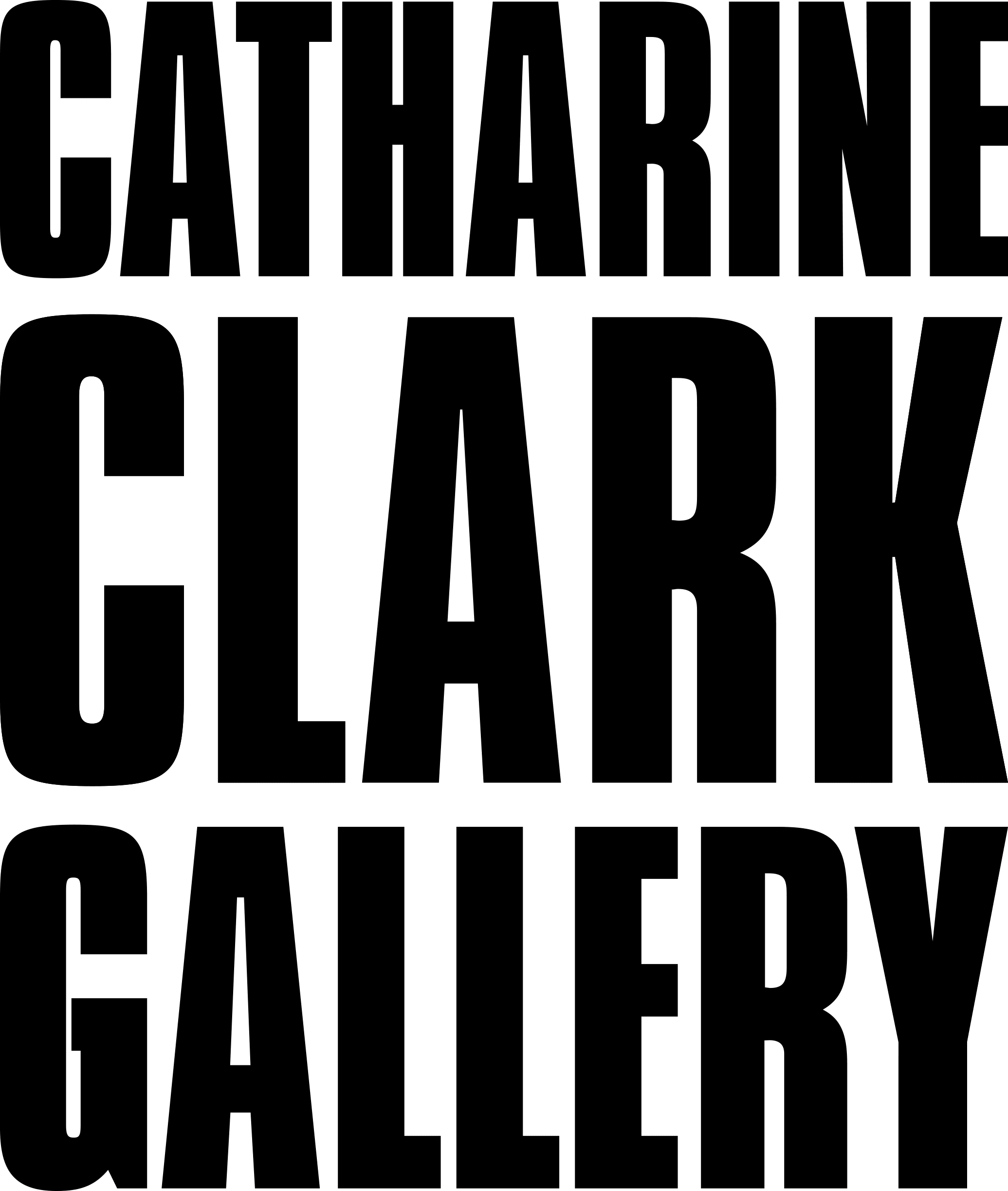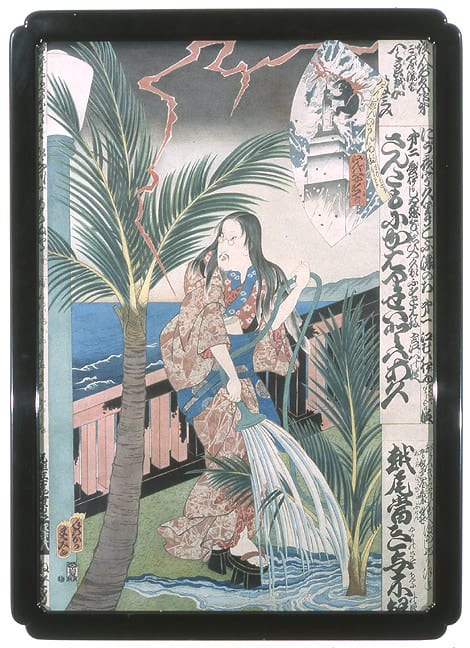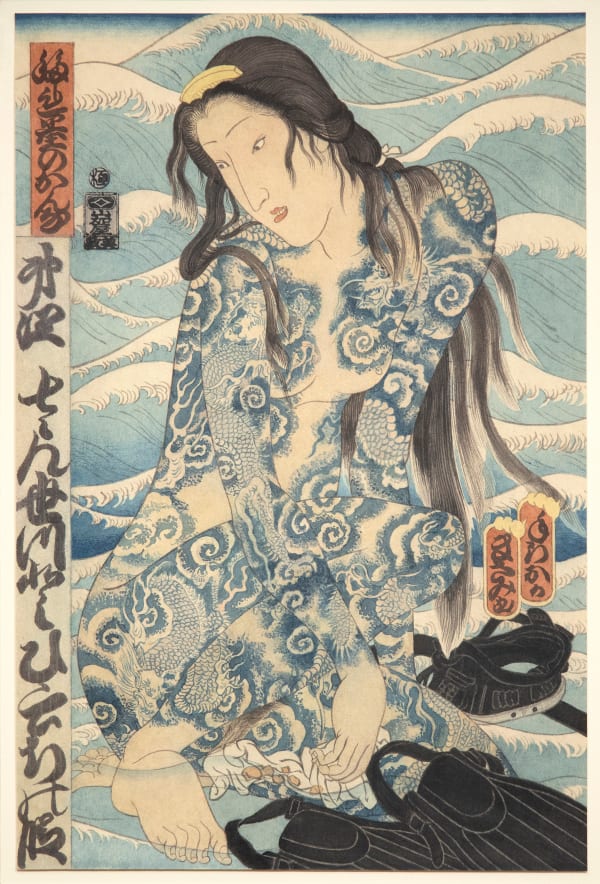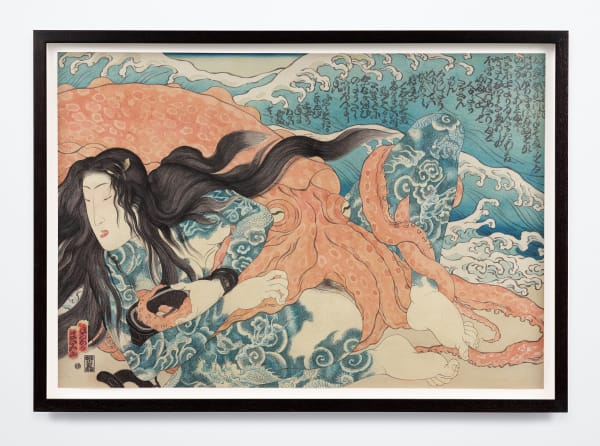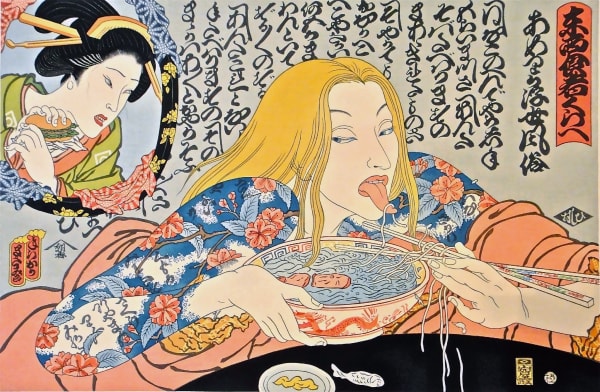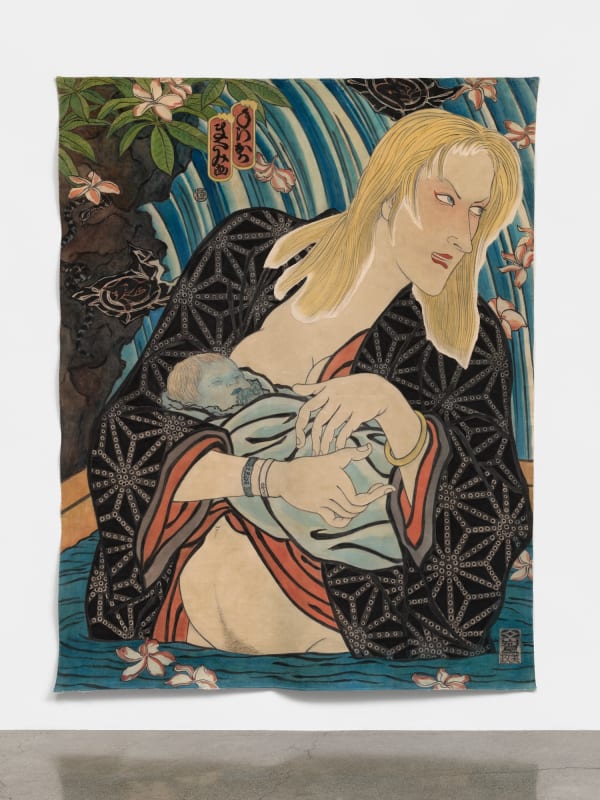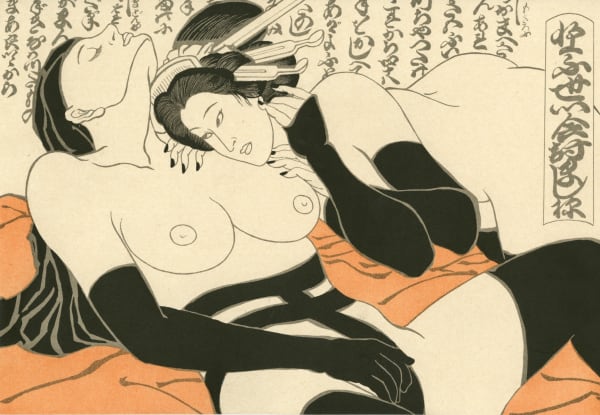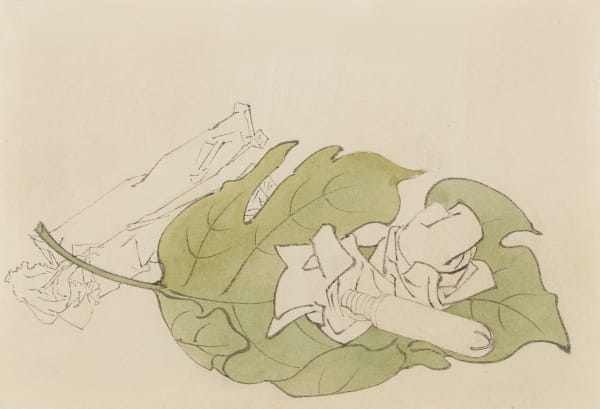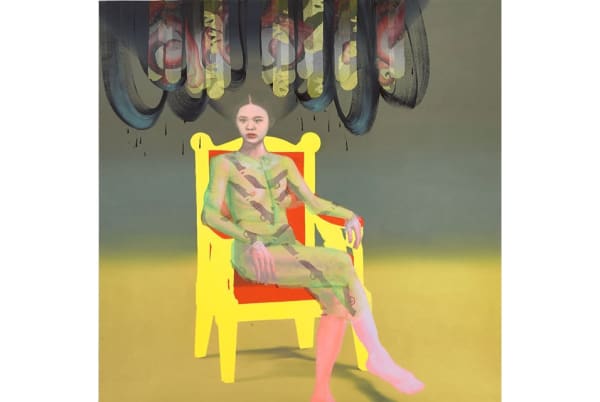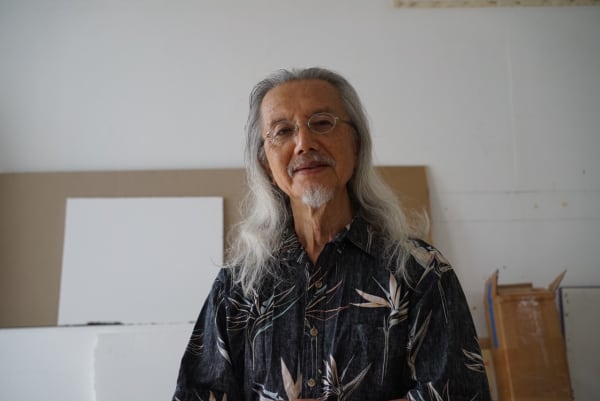Masami Teraoka
Masami Teraoka was born in 1936 in Onomichi, Hiroshima, Japan. He graduated in 1959 with a Bachelor of Arts in Aesthetics from Kwansei Gakuin University, Hyogo, Japan. Teraoka continued his education in Los Angeles, earning a Bachelor of Arts (1964) and a Master of Arts (1968) from Otis College of Art and Design. In 2016, Otis awarded Teraoka an Honorary Doctorate of Fine Arts.
Teraoka’s work integrates reality with the surreal, humor with social commentary, and the historical with the contemporary. His early watercolors often focus on the cultural meeting of East and West evident in series that began in the 1970s such as “McDonald’s Hamburgers Invading Japan,” “New Views of Mt. Fuji,” and “31 Flavors Invading Japan.” The works on paper that define this period of his career reflect the impact of economic and cultural globalization. While sexuality is a recurring subject in his work, his representation of sex shifted from positive depictions of free-love in the 1970s and early 1980s, to concern for the spread of HIV in his work of the mid-1980s, and outrage over sexual abuse in institutions like the Catholic Church, later made visible through movements like #metoo. The medium during the “AIDS Series” period shifted from watercolor on paper to watercolor on canvas, enabling him to work at a large scale to address the enormity of the social and health crisis on communities impacted by the disease.
In the 1990s Teraoka’s medium shifted again. The narrative, oil paintings of this period until today engage in commentary and critique of the Church and other institutions that harbor sexual predators and foster sexual abuse. His most recent works also take on patriarchy, hypocrisy in American politics, and social and political repression in Russia under Vladimir Putin. His work of this era is often rendered in oil on panel, inspired by gilded Renaissance triptychs. He continues with a narrative approach like that of his earlier, ukiyo-e inspired work, but rendered in a Western-inspired style with baroque flair that references European ecclesiastical art. In 2017, Teraoka produced an adaptation of William Shakespeare’s The Tempest in collaboration Viktoria Naraxsa of Russian activist collective Pussy Riot, which premiered in Hawai’i. Since their collaboration, Naraxsa has been featured as a protagonist in Teraoka’s paintings, interacting with Pope Francis, Vladimir Putin, and Teraoka’s former collaborator, the geisha Momotaro.
Teraoka’s work has been the subject of more than 70 solo exhibitions, including the 2017 solo survey Floating Realities: The Art of Masami Teraoka at California State University, Fullerton, which was accompanied by a comprehensive monograph. Teraoka’s work has also been featured in solo exhibitions at the Whitney Museum of American Art; Arthur M. Sackler Gallery at the Smithsonian Institution; Asian Art Museum; Yale University Art Gallery; Honolulu Museum of Art; and the New Albion Gallery of New South Wales, amongst other venues. His work has also been exhibited at the National Portrait Gallery; Fine Arts Museums of San Francisco; Museum of Fine Arts, Houston; Museum of Fine Arts, Boston; and the Bronx Museum, amongst other venues.
His work was recently featured in Japanese Prints in Transition: From the Floating World to the Modern World, an exhibition with an accompanying catalogue at the Legion of Honor in San Francisco. This fall, Teraoka’s watercolors and prints will be in Spirit House, an exhibition at the Cantor Arts Center at Stanford University, accompanied by a catalogue. In 2023, Teraoka’s iconic folding screen titled Makiki Heights Disaster (1988), a centerpiece of his “AIDS Series,” was acquired by the National Gallery of Australia, Canberra; in September 2024, this work will be featured in the major exhibition Masami Teraoka and Japanese Ukiyo-e Prints, a survey that presents key examples of Teraoka’s ukiyo-e style works alongside traditional ukiyo-e prints, delving into their visual, strategic, and thematic connections. Leading ukiyo-e artists featured include Utagawa Kunisada, Katsushika Hokusai, Utagawa Kuniyoshi, Toyohara Kunichika, and Tsukioka Yoshitoshi.
Teraoka’s work is represented in more than 50 public collections worldwide, including the Tate Modern; National Gallery of Australia; Gallery of Modern Art in Scotland; Whitney Museum of American Art; Metropolitan Museum of Art; Library of Congress; Smithsonian American Art Museum; Hirshorn Museum and Sculpture Garden; Fine Arts Museums of San Francisco; San Francisco Museum of Modern Art; Cantor Arts Center at Stanford University; Los Angeles County Museum of Art, California; Walker Art Center; Museum of Fine Arts, Houston; Blanton Museum of Art; Honolulu Museum of Art; Hood Museum of Art at Dartmouth College; Jordan Schnitzer Museum of Art at the University of Oregon; and Crocker Art Museum, among others.
In 2019, the Whitney Museum of American Art, acquired a significant watercolor by Teraoka, Los Angeles Sushi Ghost Tales/Fish Woman and the Artist I (1979) in celebration of the 40th anniversary of the artist’s solo museum exhibition. In 2015, the artist was awarded the Lee Krasner Award by the Pollock-Krasner Foundation in recognition of outstanding lifetime artistic achievement.
Teraoka’s work has been featured in multiple publications, including the monographs: Masami Teraoka, published by the Whitney Museum of American Art in 1979; Waves and Plagues, published by Chronicle Books in 1988, Ascending Chaos: The Art of Masami Teraoka 1966 – 2006, published by Chronicle Books in 2006, and Floating Realities: The Art of Masami Teraoka, published by California State University, Fullerton in 2018.
The artist lives and works in O‘ahu, Hawai’i, and has been represented by Catharine Clark Gallery since 1998.
-

Masami Teraoka: From Here to Eternity, Five Decades of Art Making
Solo Exhibition January 10 - March 7, 2026Opening reception for exhibition and 90th birthday celebration for Masami Teraoka: Saturday, January 10 from 3 - 5pm (please note the updated time) Catharine Clark Gallery is pleased open its 2026 exhibition program with Masami Teraoka: From Here to Eternity, Five Decades of Art Making . This major survey exhibition,...Read more -

Masami Teraoka: Waves and Plagues Redux
A survey of works from 1969 – 2008 June 17 - August 19, 2023Masami Teraoka: Waves and Plagues Redux. A survey of works from 1969 – 2008. Reception with Masami Teraoka | Saturday, July 22: 1 – 3pm ONLINE CATALOGUE Catharine Clark Gallery opens its summer program with Masami Teraoka: Waves and Plagues Redux , on view from June 17 to August 19,...Read more -

Masami Teraoka: The Last Swan Lake
April 23 - May 28, 2022April 23 – May 28, 2022 Media and Viewing Room: Zeina Barakeh: Wild Cards Opening reception: Saturday, April 23 from 2 – 5pm; artists’ talks at 3:30pm San Francisco, CA: Catharine Clark Gallery opens its Spring 2022 program with Masami Teraoka: The Last Swan Lake and Al Farrow: New Sculptures,...Read more -

Masami Teraoka: Select Works (1972 – 2002) from Private Collections
July 27 - September 2, 2017July 27 – September 2, 2017 Join us for an opening reception on Thursday, July 27, from 5 – 7pm Artist talk at 6:00pm San Francisco, CA: Catharine Clark Gallery presents a special exhibition of select works by Masami Teraoka from private collections, on view July 27 – September 2,...Read more -

Masami Teraoka’s Apocalyptic Theater/The Pope, Putin, Peach Boy and Pussy Riot Galore
January 9 - February 20, 2016Masami Teraoka| Masami Teraoka’s Apocalyptic Theater / Pussy Riot, the Pope, Putin, and Peach Boy January 9 – February 20, 2016 San Francisco, CA: Catharine Clark Gallery presents, Masami Teraoka’s Apocalyptic Theater/Pussy Riot, The Pope, Putin, and Peach Boy, a solo exhibition of new and selected work by Masami Teraoka....Read more -

Masami Teraoka: The Last Supper/The Inversion of the Sacred
October 2 - November 13, 2010Solo Exhibition: Masami Teraoka: The Last Supper/The Inversion of the Sacred Media Room: Chris Doyle: Apocalypse Management (telling about being one being living) October 2 – November 13, 2010 Saturday, October 2, 5–7pm Catharine Clark Gallery, 150 Minna Street, San Francisco, CA 94105 (415) 399-1439, www.cclarkgallery.com San Francisco, CA: Catharine...Read more -

Masami Teraoka: Venus and Pope
February 1 - March 31, 2007Catharine Clark Gallery Solo Exhibition: Masami Teraoka: Venus and Pope Publication: Ascending Chaos: The Art of Masami Teraoka 1966 – 2006 Video Project Room: Claudia Hart: Machina February 1 – March 31, 2007 San Francisco, CA: Catharine Clark Gallery presents Venus and Pope, a solo exhibition of new oil paintings...Read more
-
 AIDS Series/Geisha in Bath, 2008View more details
AIDS Series/Geisha in Bath, 2008View more details -
 Wave Series/Tattooed Woman at Sunset Beach, 1984View more details
Wave Series/Tattooed Woman at Sunset Beach, 1984View more details -
 31 Flavors Invading Japan/Spiral Uzumaki Tattoo, 1980–1982 / 2025View more details
31 Flavors Invading Japan/Spiral Uzumaki Tattoo, 1980–1982 / 2025View more details -
 Venice Snow Scene/Sushi Turn, 1979View more details
Venice Snow Scene/Sushi Turn, 1979View more details -
 Wave Series/Tattooed Woman at Makapuu Beach, 1984View more details
Wave Series/Tattooed Woman at Makapuu Beach, 1984View more details -
 31 Flavors Invading Japan (Macadamia), 1978/2023View more details
31 Flavors Invading Japan (Macadamia), 1978/2023View more details -
 McDonald's Hamburgers Invading Japan/Tattooed Woman and Geisha III, 2018View more details
McDonald's Hamburgers Invading Japan/Tattooed Woman and Geisha III, 2018View more details -
 31 Flavors Invading Japan/Today's Special, 1980-1982View more details
31 Flavors Invading Japan/Today's Special, 1980-1982View more details -
 AIDS Series/Father and Son, 1990View more details
AIDS Series/Father and Son, 1990View more details -
 AIDS Series/Mother and Child, 1990View more details
AIDS Series/Mother and Child, 1990View more details -
 AIDS Series/San Francisco Condom (Blue), 1989View more details
AIDS Series/San Francisco Condom (Blue), 1989View more details -
 AIDS Series/Surgeon and Space Mask, 1989-1990View more details
AIDS Series/Surgeon and Space Mask, 1989-1990View more details -
 Australian Series/Ayer's Rock Fantasy, 1989View more details
Australian Series/Ayer's Rock Fantasy, 1989View more details -
 Banana Girl/Phyllis, 1970View more details
Banana Girl/Phyllis, 1970View more details -
 Banana Girls/Green Levitation, 1970View more details
Banana Girls/Green Levitation, 1970View more details -
 Breast on Hollywood Hills Installation Project, 1970View more details
Breast on Hollywood Hills Installation Project, 1970View more details -
 Geisha and Madonna, 2020View more details
Geisha and Madonna, 2020View more details -
 Hanauma Bay Series/Woman in Hot Water, 1983View more details
Hanauma Bay Series/Woman in Hot Water, 1983View more details -
 New Views of Mt. Fuji/Dolphins and Samurai, 1979View more details
New Views of Mt. Fuji/Dolphins and Samurai, 1979View more details -
 Study for Tampon Series/Fig and Tampon, 1980View more details
Study for Tampon Series/Fig and Tampon, 1980View more details
-

Art Basel Miami Beach 2025 Full Market Report
Catharine Clark Gallery at Art Basel Miami Beach 2025 December 8, 2025by News Desk Art Basel Miami Beach 2025 wrapped up its edition with a confident bravado not seen for many years. When the machinery runs...Read more -

Art Dependence: Art Basel unveils Gallery Lineup for its 2025 Miami Beach Edition
July 25, 2025 August 6, 2025This year’s edition will foreground the most urgent artistic currents shaping the American scene today, with a particular focus on Latinx, Indigenous, and diasporic positions....Read more -

Artdaily: Exhibition at Henry Art Gallery explores life, death, and ancestry through Asian art
Ofelia Zurbia Betancourt July 28, 2025 August 6, 2025'SEATTLE, WA .- Spirit House investigates how contemporary artists of Asian descent challenge the boundary between life and death through art. A thematic exploration of...Read more -

Trailer for Masami Teraoka Documentary Film
Salt & Sugar Productions July 26, 2025Masami Teraoka’s art confronts the world’s horrors with opulent beauty and surgical satire. Across six decades, he has wielded painting as a form of defiance—melding...Read more
-

A Walk Through the 2024 Armory Show
February 9, 2025I recently had the chance to walk through New York’s Armory Show before the crowds arrived. I was curious to see what I might encounter...Read more -

Baring it all: Breasts take center stage at this major exhibition
April 22, 2024What is one of the earliest and enduring subjects in art and media — as well as one of the most censored? Breasts. First carved...Read more -

'Japanese Prints in Transition' - classics and contemporaries at the Legion of Honor
April 16, 2024Tsukioka Yoshitoshi (1839—1892) 'Fujiwara no Yasumasa Playing a Flute by Moonlight,' 1883 (partial view; courtesy FAMSF) The lavish new exhibit, 'Japanese Prints in Transition,' at...Read more -

Inside the Museum: Interview with Masami teraoka
April 12, 2024For this week's installment of Inside the Museum, we take a break from our regular format to bring you an interview with Masami Teraoka, an...Read more
-

Art Basel Miami Beach
Survey section | Booth S2 December 5 - 7, 2025Catharine Clark Gallery makes its debut presentation at Art Basel Miami Beach with a Survey sector presentation of historic and recent work by American artist...Read more -
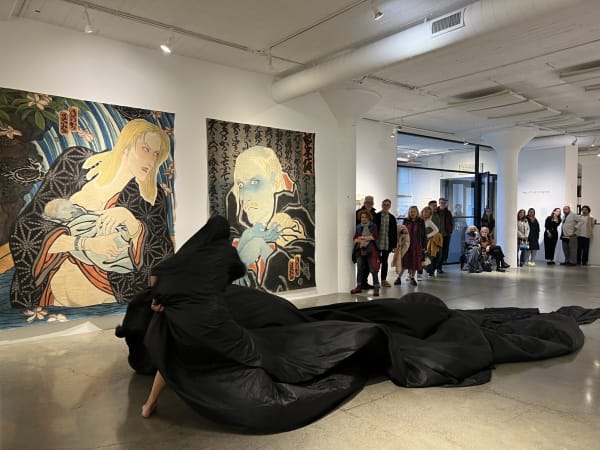
Performance by Monique Jenkinson (Fauxnique).
ADAA Bay Area Gallery Weekend August 3, 2023Thursday, August 3 at 7:00pm. Catharine Clark Gallery and BOXBLUR are excited to participate in the inaugural ADAA Bay Area Gallery Weekend with a special,...Read more -

Benefit for International Rescue Committee
May 15, 2022A special BOXBLUR event to benefit International Rescue Committee's relief efforts in Ukraine. 6:30PM | Sunday, May 15, 2022 Performance organized by Pussy Riot's Victoria...Read more
-

Art Basel Miami Beach
Survey section | Booth S2 December 5 - 7, 2025Catharine Clark Gallery makes its debut presentation at Art Basel Miami Beach with a Survey sector presentation of historic and recent work by American artist...Read more -
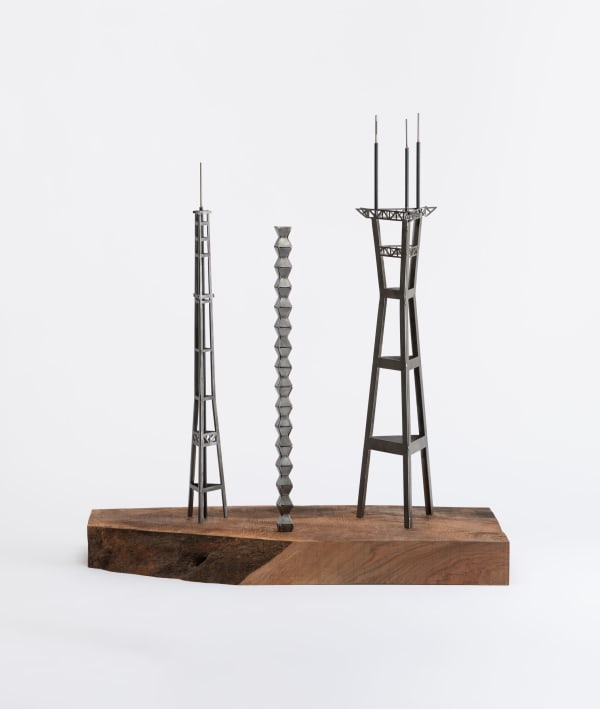
San Francisco Art Fair
Booth D05 April 17 - 20, 2025San Francisco On Our Mind San Francisco Art Fair | Fort Mason Festival Pavilion The gallery’s presentation, San Francisco On Our Mind , pays tribute...Read more -

Armory 2024
Booth #S8 (Solo Section) September 5 - 7, 2024Catharine Clark Gallery is proud to exhibit a solo presentation of work by Masami Teraoka.Read more -
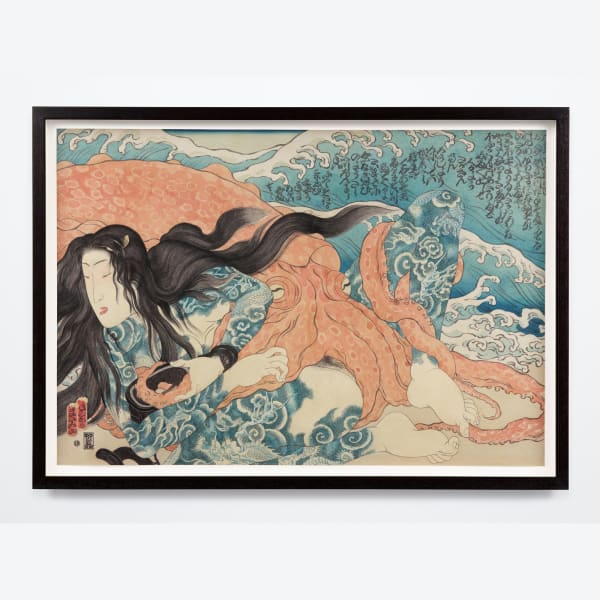
FOG Art + Design
Booth 108 | Fort Mason Center January 18 - 21, 2024Read more
